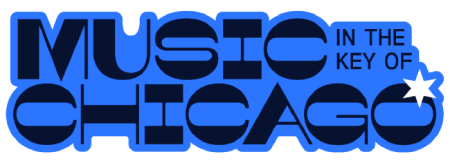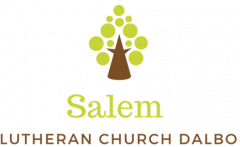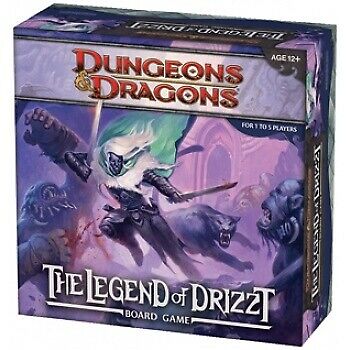Musical notation and their variety in staff notation

Music notation or musical notation is any framework used to outwardly address aurally apparent music played with instruments or sung by the human voice using composed, printed, or in any case created images, including notation for lengths of nonattendance of sound like rests.
Types and strategies for notation have changed among societies and forever, and much data about old music helps with anxiety . Indeed, even in a similar time-frame, for example, during the 2010s, various styles of music and various societies utilize diverse music notation techniques; for instance, for proficient traditional music entertainers, printed music utilizing fights and noteheads is the most widely recognized method of recording music, however for proficient down-home music meeting musicians, the Nashville Number System is the primary strategy.
The images utilized incorporate antiquated images and current images made upon any media, for example, images cut into the stone, made in dirt tablets, made utilizing a pen on papyrus or material or original copy paper; printed utilizing a print machine (c. the 1400s), a PC printer (c. 1980s) or other printing or current duplicating innovation.
Minor departure from staff notation
Percussion notation shows differ in light of the wide scope of percussion instruments. Percussion instruments are for the most part assembled into two classes: pitched (for example glockenspiel or rounded chimes) and non-pitched (for example bass drum and catch drum). The notation of non-pitched percussion instruments is less normalized. Pitched instruments utilize standard Western traditional notation for the pitches and rhythms. By and large, notation for unpitched percussion utilizes the five-line staff, with various lines and spaces addressing distinctive drum unit instruments. Standard Western cadenced notation is utilized to demonstrate the beat.
It is likewise utilized widely in accordion notation. The bass notes of the music are ordinarily documented, alongside numbers and different signs that figure out which harmonies the harpsichordist, organist, or lutenist ought to make do. It doesn’t, notwithstanding, indicate the specific pitches of the agreement, passing on that for the entertainer to make do.
A lead sheet indicates just the song, verses, and amicability, utilizing one staff with harmony images put above and verses beneath. It is utilized to catch the fundamental components of a famous melody without indicating how the tune ought to be organized or performed.
A harmony outline or “graph” contains next to zero melodic or voice-driving data by any means, yet gives essential symphonious data about the harmony movement. Some harmony outlines likewise contain musical data, demonstrated utilizing slice notation for full beats and cadenced notation for rhythms. This is the most widely recognized sort of composing music utilized by proficient meeting musicians playing jazz or different types of well-known music and is planned essentially for the cadence segment (generally containing piano, guitar, bass, and drums).

Less complex harmony graphs for melodies might contain just the harmony changes, set over the verses where they happen. Such diagrams rely upon earlier information on the tune and are utilized as updates in execution or casual gathering singing. Some harmony outlines planned for mood segment backups contain just the harmony movement.
The shape-note framework is found in some congregation hymn books, printed music, and melody books, particularly in the Southern United States. Rather than the standard curved note head, note heads of different shapes are utilized to show the place of the note on a significant scale. Holy Harp is one of the most well-known tune books utilizing shape notes.



